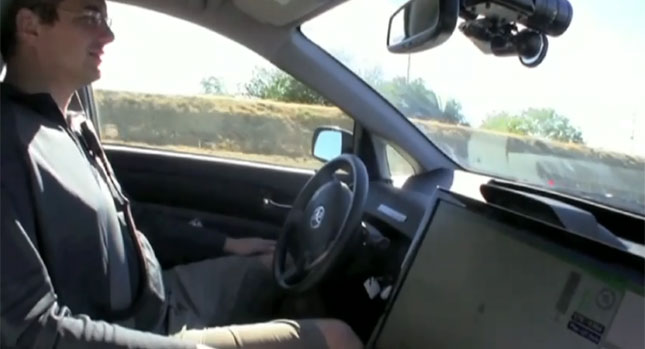Internet and software bigwig Google has begun lobbying the state of Nevada to legalize driverless cars. The move comes on the heels of some very promising results in California, where Google had mapped out the terrain and sent a couple of its autonomous Toyota Priuses (Prii? Priora?) on an epic jaunt from Mountain View to Santa Monica.
The California-based company is keen to point out the claimed benefits of self-driving cars over their human-driven counterparts including better safety, improved fuel efficient and greater environmental friendliness.
The cars are equipped with roof-mounted laser range finders and video cameras and detailed area maps that allow the ‘driver’ (occupant, maybe?) to simply input a destination and away you go. In a statement, Google said:
“We have developed technology for cars that can drive themselves. We think this is a first in robotics research. This is all made possible by Google’s data centers, which can process the enormous amounts of information gathered by our cars when mapping their terrain.”
It certainly marks a big leap forward in driverless car research. The company’s eventual aim is to reduce congestion and cut the number of accidents. Google’s self-driving cars will never tire, never exceed the speed limit and only occasionally turn against its masters and go on a murderous rampage (just kidding on that last point).
Google’s plans require two amendments to the current road laws in Nevada: an electric-vehicle bill that would allow testing of autonomous vehicles on city streets and an exemption that would allow texting from inside a moving vehicle. I think Google engineer Sebastian Thrun describes the project best:
“Our goal is to help prevent traffic accidents, free up people’s time and reduce carbon emissions by fundamentally changing car use. Our automated cars use video cameras, radar sensors and a laser range finder to ‘see’ other traffic, as well as detailed maps, which we collect using manually, driven vehicles to navigate the road ahead. Safety has been our first priority in this project. Our cars are never unmanned. We always have a trained safety driver behind the wheel who can take over as easily as one disengages cruise control.”
The future looks very bright indeed.
By Tristan Hankins
Via Skynews
VIDEO



